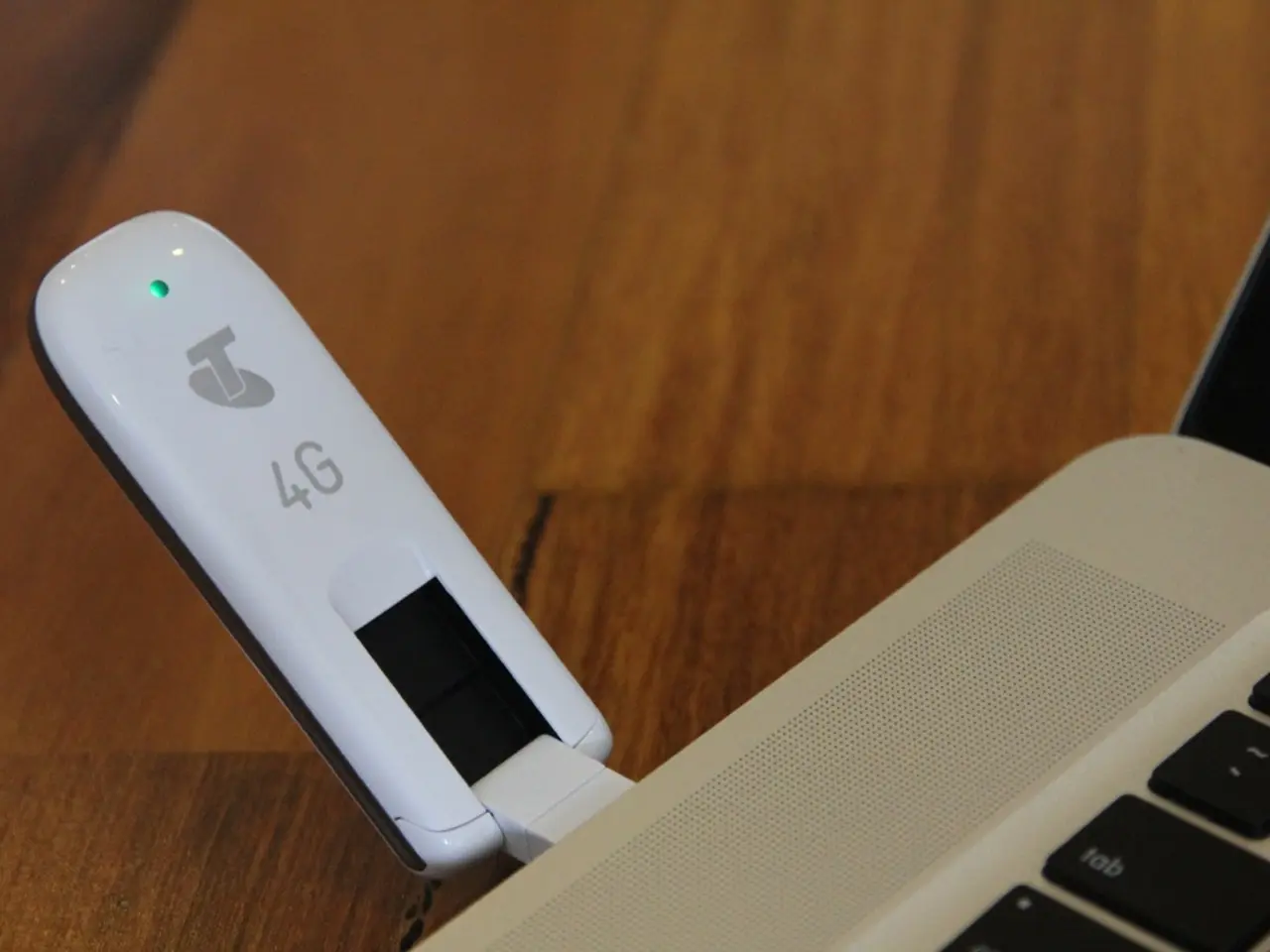Examining the Stability of Multiple-Loop Linear Voltage Regulators (LDOs) Without Intrusive Measures
Assessing the Stability of Multiple-Loop LDOs: A Practical Approach
When it comes to evaluating the stability of complex Low-Dropout Regulators (LDOs) like the Texas Instruments TPS7H1101, traditional frequency-domain methods may not always be feasible. In such cases, time-domain methods such as load transient testing offer a practical alternative.
By applying fast load changes and observing the output voltage response with an oscilloscope, engineers can infer loop stability characteristics including regulation speed, phase margin, and crossover frequency without direct frequency-domain probing.
Load Transient Testing
Quickly changing the output load and measuring the output voltage response is a key approach in load transient testing. A well-damped response with minimal overshoot or ringing typically indicates stable operation, whereas oscillations or prolonged settling suggest instability or insufficient phase margin.
Estimating Loop Bandwidth and Phase Margin in Time Domain
Analysis of the output recovery time and overshoot during load steps can estimate the loop’s stability margins indirectly. Recovery time inversely correlates with bandwidth, meaning a shorter recovery time usually indicates a larger bandwidth and better stability.
Simulation and Modeling
Without direct measurement points, detailed circuit simulations incorporating device models help predict stability by analyzing loop gain, poles, and zeros from the system transfer function. Techniques like small-signal modeling and frequency response simulations can guide design validation.
Following Manufacturer Guidance
Data sheets and application notes often provide recommended output capacitor types, values, and layout recommendations that impact stability. For example, Texas Instruments recommends certain output capacitors and external components to ensure stability of the TPS7H1101 LDO.
Proper Capacitor Selection and Evaluation
The LDO’s output capacitor Equivalent Series Resistance (ESR) and value strongly influence the output pole and zero position, affecting loop stability. Proper capacitor selection and evaluation is therefore critical.
Non-Invasive Stability Measurement
The non-invasive phase margin measurement, which is used to measure the phase margin of the regulator at 500 mA, indicates a phase margin of 58.86° at this operating current. This measurement was made possible using the non-invasive stability measurement capability of the OMICRON Lab Bode 100 vector network analyzer (VNA).
In summary, when external frequency response access is limited or unavailable, transient load testing combined with simulation and adherence to application guidelines enables effective stability assessment of complex LDOs like the TPS7H1101.
The TPS7H1101 is a multiple-loop LDO that is being focused on in this article. The regulator is connected to a Picotest J2112A current injector through a very short surface-mount assembly (SMA) adapter. The step load response is shown in the yellow trace seen in the upper left corner of Figure 7, while the current step from the J2112A is shown as a pink trace on the right in the same figure. A zoomed section of the transient response is shown in color persistence in the lower left corner of Figure 7.
Steve Sandler, the founder and president of Picotest and the chief engineer of AEi Systems LLC, is responsible for the development of the Signal Injector product line at Picotest.
In light of the challenge of evaluating the stability of multiple-loop LDOs, such as the Texas Instruments TPS7H1101, load transient testing, through quick load changes and observing the output voltage response, offers a practical alternative in the time domain. Simulation and modeling, involving device models and techniques like small-signal modeling and frequency response simulations, help predict stability by analyzing loop gain, poles, and zeros.




